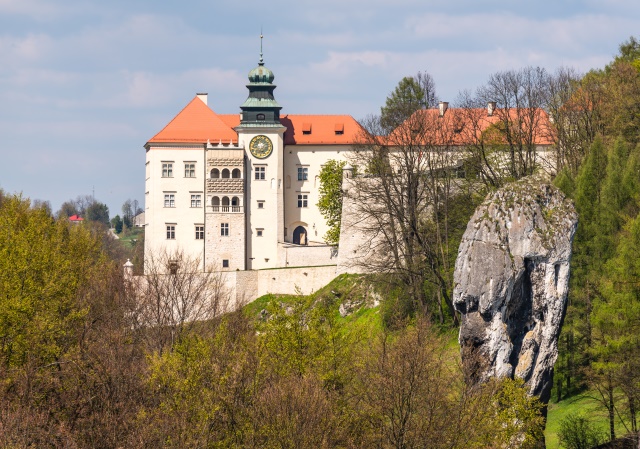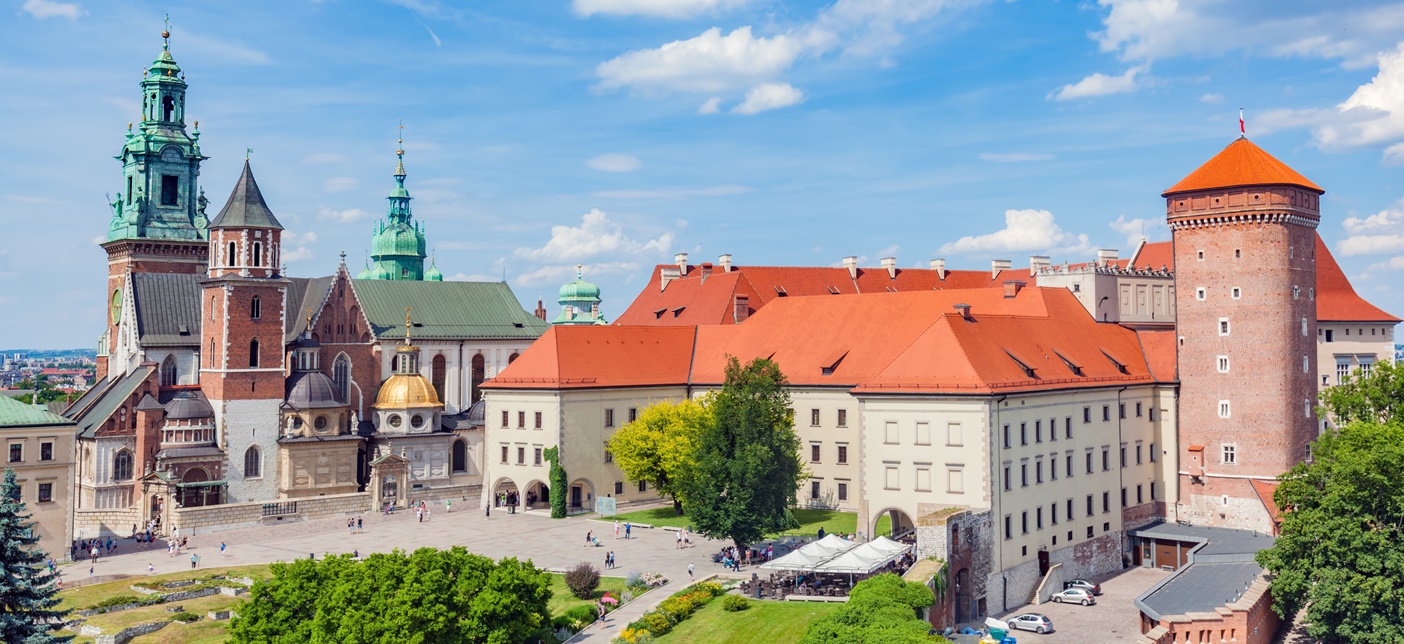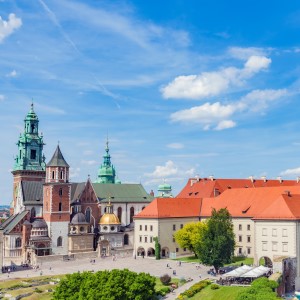KRAKOW & SURROUNDINGS
Kraków Old Town – UNESCO
Market Square, one of the biggest in Europe, a reminder of the power and wealth of medieval Kraków, the Polish capital at that time. The 13th century Cloth Hall, rebuilt in Renaissance style, houses the largest collection of Polish paintings on the first floor and colourful handicraft stalls in the ground floor arcades. Saint Mary’s Church, dating back to the year 1221, boasts the precious 15th century Witt Stwosz altar. Collegium Maius with its Gothic arcades, was once home to the Jagiellonian University.
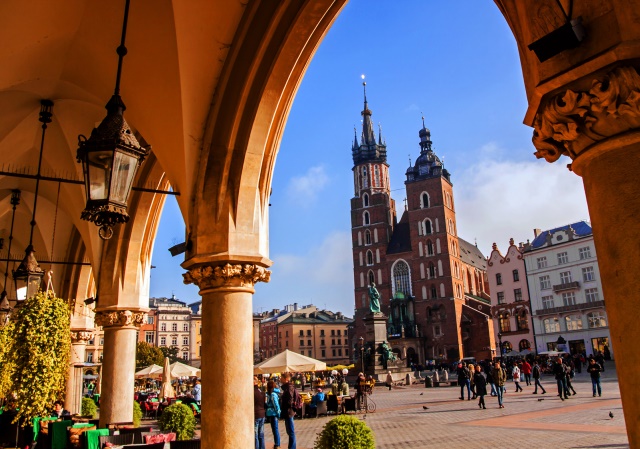
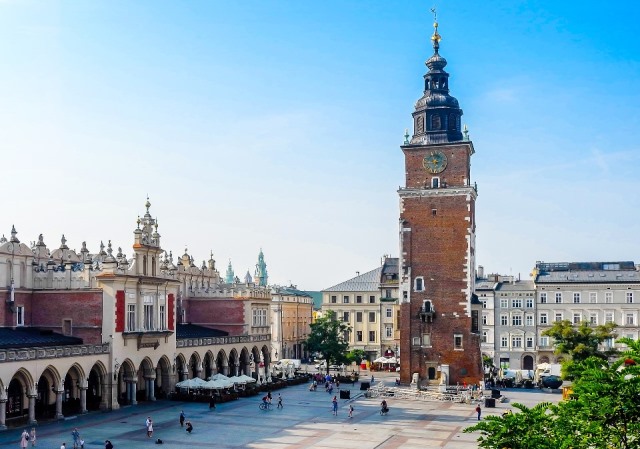
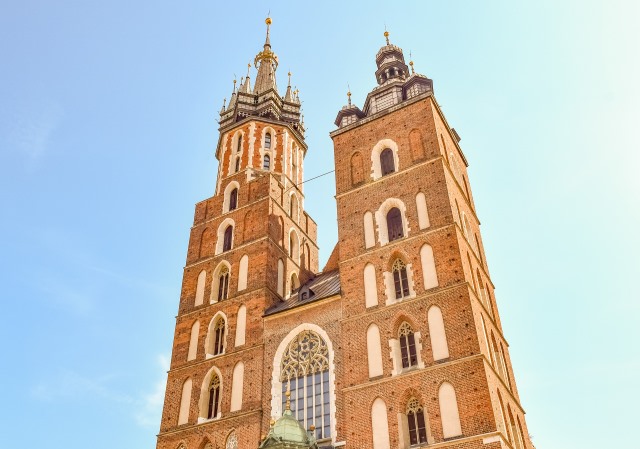
Wawel Hill
Wawel is the pride of Kraków and the heart of the nation as it is the final resting place of monarchs and wordsmiths.
The Gothic Royal Castle dates back to the 10th century and was remodeled in Renaissance style in the 16th century. Its magnificent interiors contain numerous paintings as well as the Wawel Tapestries Collection, commissioned in Flanders.
The Gothic Royal Cathedral with its numerous crypts has elements of the original 11th century Romanesque cathedral. At the foot of the hill by the river is the cave of dragon which, according to the legend, used to terrify Cracovians, until it was outwitted by a young shoemaker.
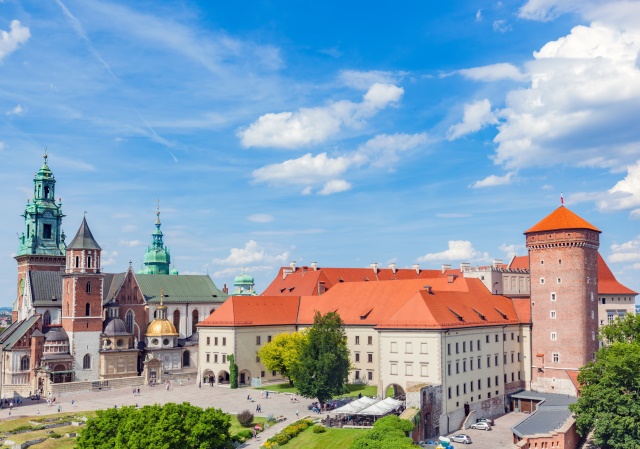
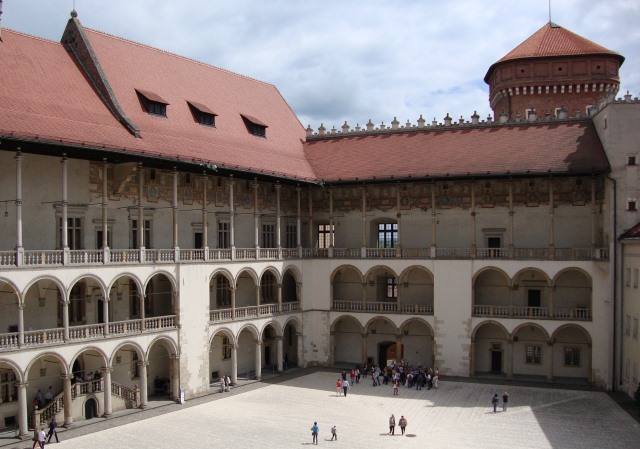
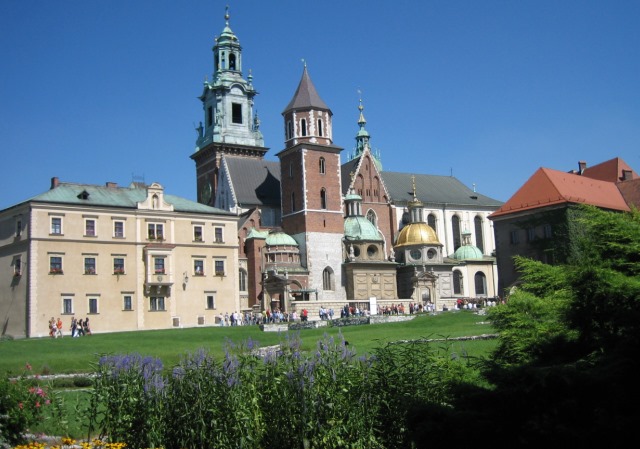
Kazimierz Jewish Quarter
The Jewish community of Kraków started to concentrate in Kazimierz district in the 15th century, forming a unique, commercial, religious and cultural centre. The Oldest Synagogue in Kraków dates back to that period. After destruction of WW2 the area was restored and attracts visitors with its irresistible charm. A Jewish style dinner or a glass of kosher wine accompanied by a klezmer music concert are a must while in Krakow.
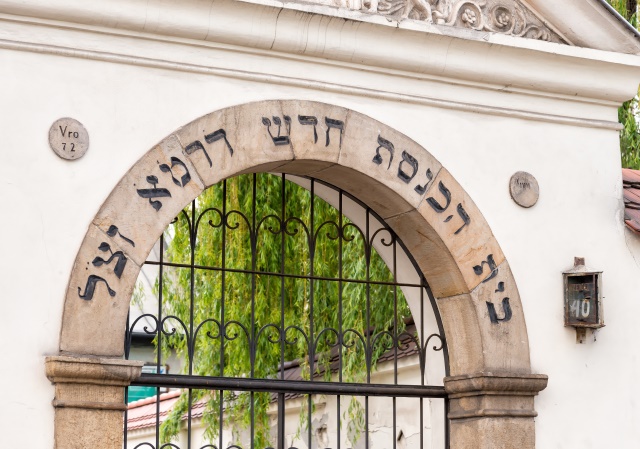
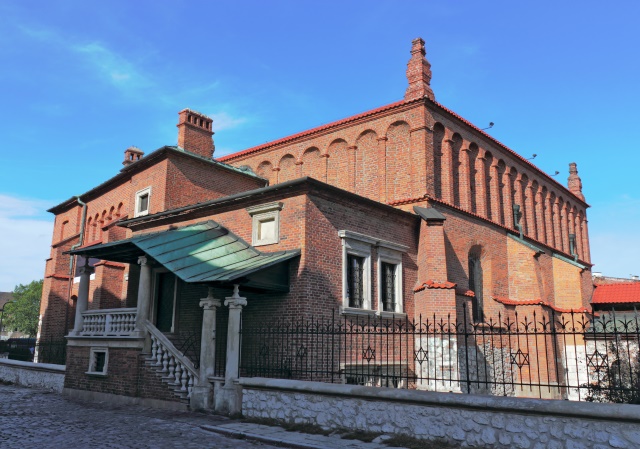
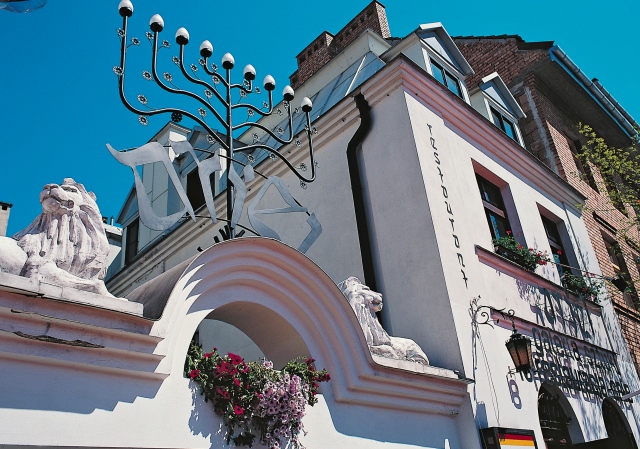
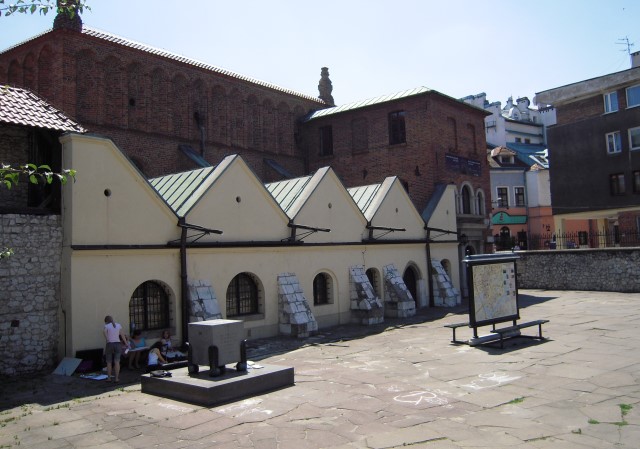
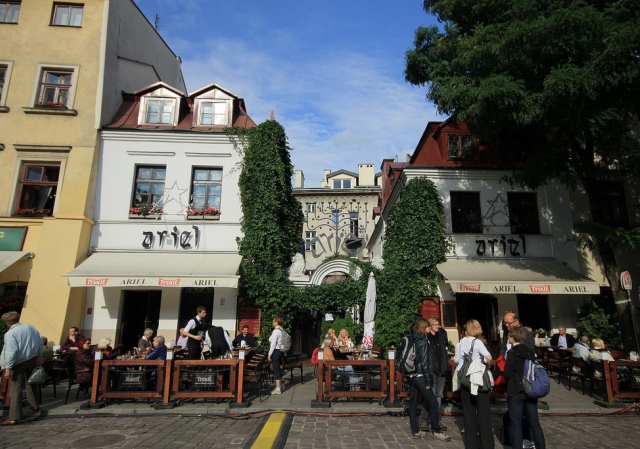
Wieliczka Salt Mine
A tour of the mine includes beautiful chapels sculpted in salt (Saint Kinga’s chapel is the most beautiful one), crystal-like grottoes and underground ponds. All this at average depth of 130 m below the ground in the world oldest enterprise which has never stopped working!
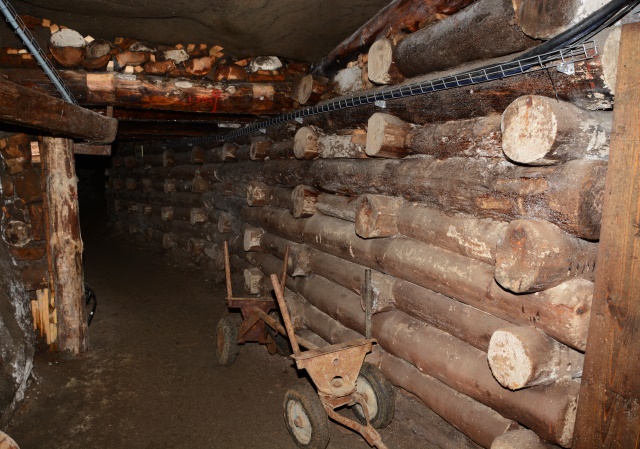


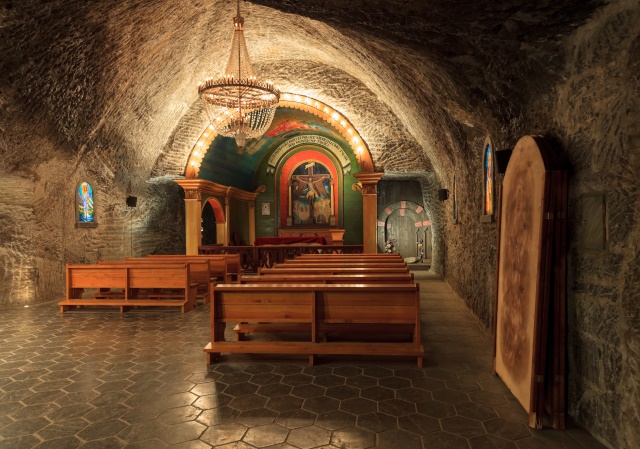
Auschwitz-Birkenau
A grim reminder of Nazi terror and the holocaust. Auschwitz, built on the outskirts of the Polish town Oświęcim – now the Museum of Martyrdom – consists of brick barracks with shocking exhibits of tons of hair, shoes, glasses and other belongings wrested from the victims, while nearby Birkenau has hectares of wooden barracks and gas chambers.
A documentary film made shortly after liberation of the camp is viewable on request.

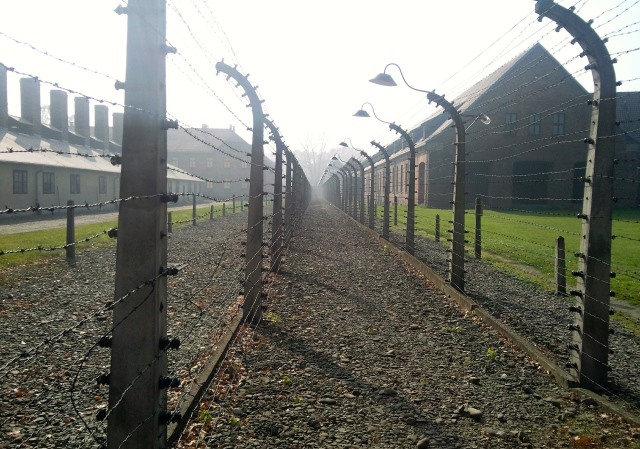
Zalipie
The local tradition of covering both inside and outside walls with colourful flower motives dates back to late 19 century. Nowadays there are about 20 ‘painted houses’ in Zalipie. Two of them were converted into museums housing collections of local art and crafts.
The best time to visit the village is a weekend after Corpus Christi when a competition for the most beautiful homestead takes place.

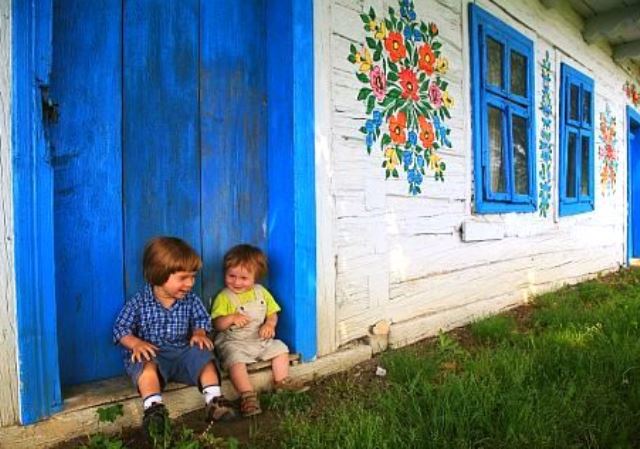
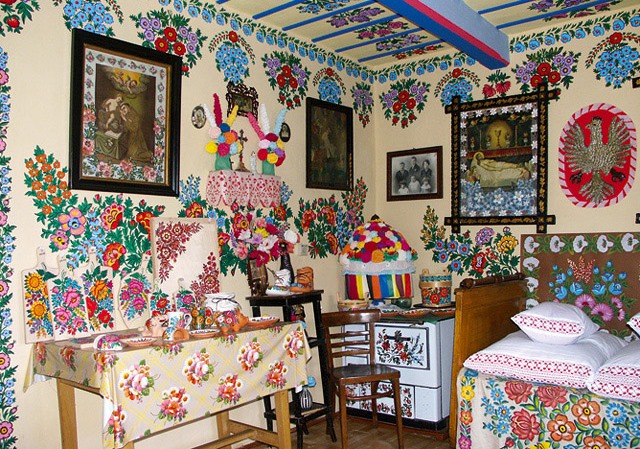
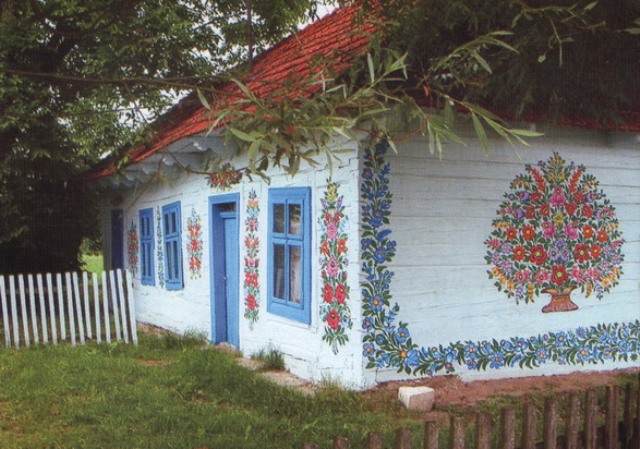
The Wooden Churches of Southern Małopolska – UNESCO
An absolute must for the lovers of beautiful landscapes and wooden architecture. From the oldest one in Dębno (founded in 1335) to that in Blizne which contains polychrome and valuable furnishings – the churches were sponsored by noble families as symbols of prestige. They are outstanding examples of church building tradition popular in Eastern Europe. The church in Haczów is the second biggest wooden temple in Europe.
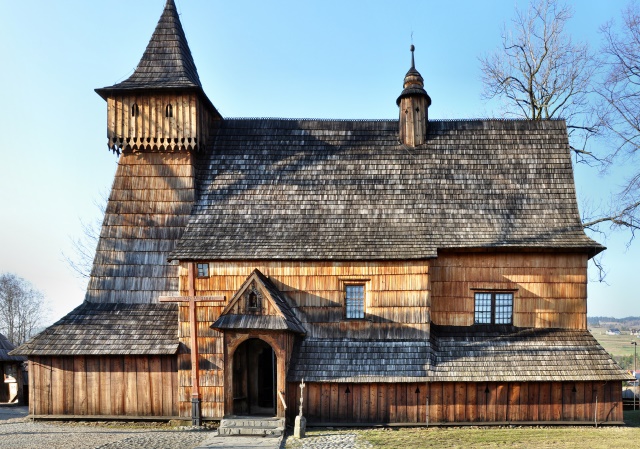
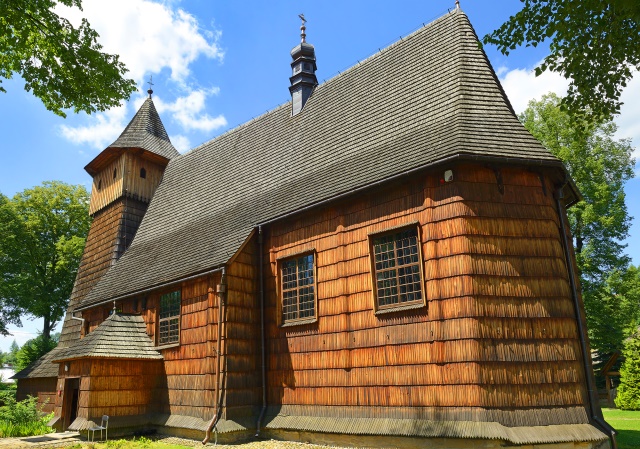
Mountain Tour – Zakopane
Zakopane is located 1000 m above sea level and surrounded by the Tatra Mountains. An ascent by funicular railway to Gubałówka hill gives a beautiful view over the Polish and Slovak Tatras. A walk along bustling Krupówki Street followed by a visit to a small church in Jaszczurówka. For keen walkers we suggest a stroll in the hills. Time for shopping – friendly street vendors will offer you local goods (lambswool sweaters, walking sticks, wooden figures) at incredibly low prices.
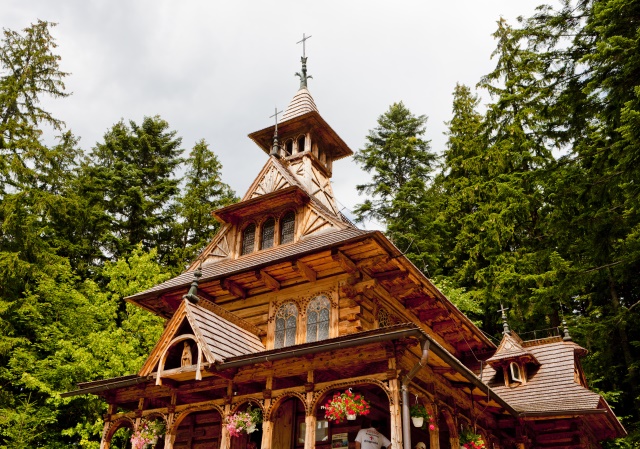

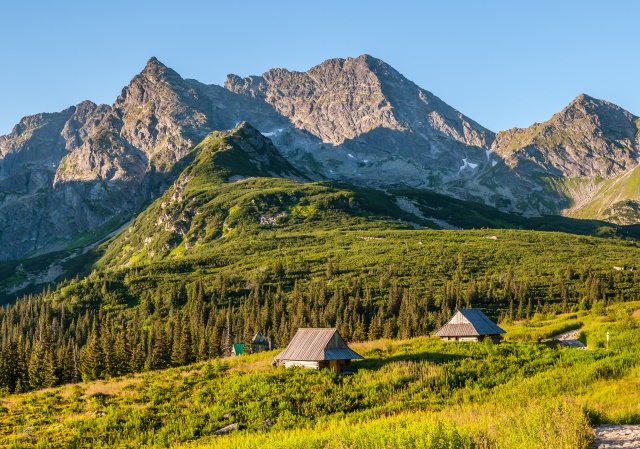
Rafting on Dunajec River
Dunajec Gorge, which weaves through the limestone rocks of Pieniny Mountains is one of the most beautiful views in Poland. Sitting comfortably on wooden rafts (10 pax each) just admire the landscape and listen to the stories and jokes told by the raftsmen.
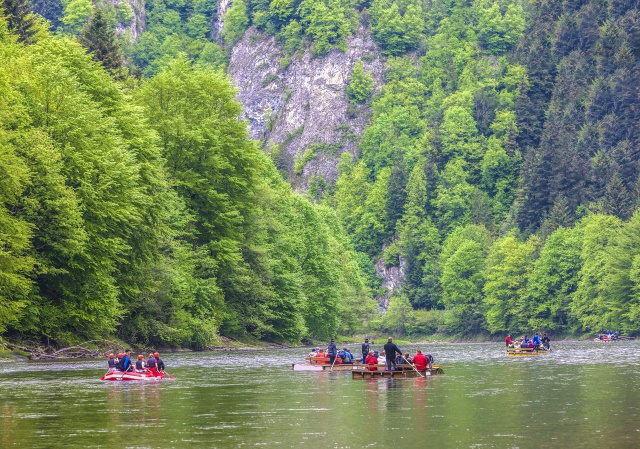
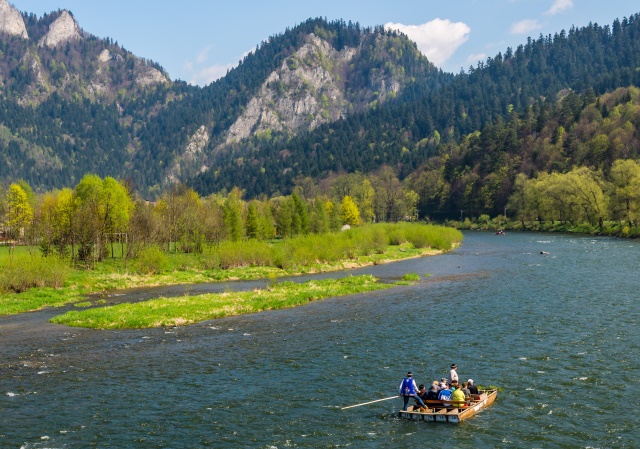
Ojcowski National Park – Pieskowa Skała
40 minutes drive through charming Prądnik River Valley in Ojców National Park, with its limestone hills and beautifully shaped rocks and caves.
According to legend, Polish King Władysław the Short took shelter in on one of the caves here during his flight from Czech King Wenceslas II’s forces. Visit to the Renaissance Castle in Pieskowa Skała, regarded as the most beautiful knights’ castle in Poland.
Drive back to Kraków along the Eagles’ Nests Track – a chain of 14th century strongholds (now in ruins) founded by Kazimierz the Great to protect the Silesian trade route. The season for these sights is from May till the end of September. Suggested itinerary: Ojców castle ruins – the Dark cave – Pieskowa Skała Castle – Błędowska Desert – Ogrodzieniec Castle – Łokietka Cave. Dark Cave is viewed by candlelight, while Łokietka has electric lighting.
